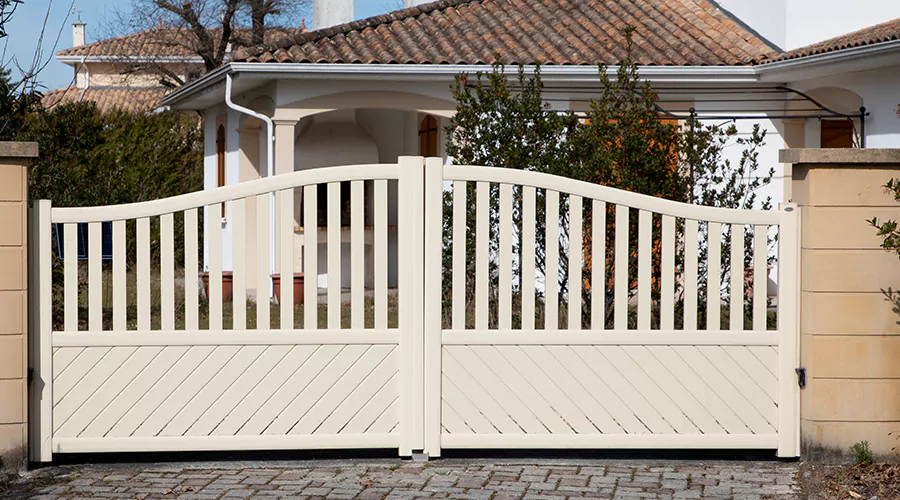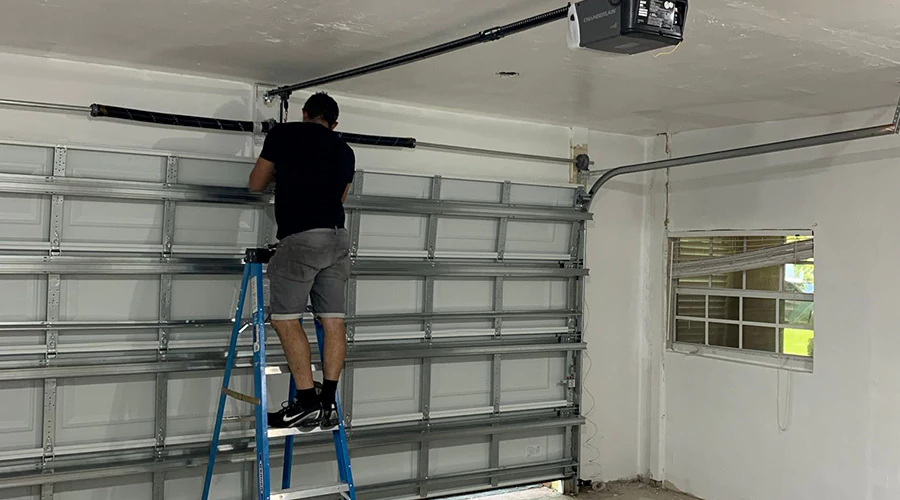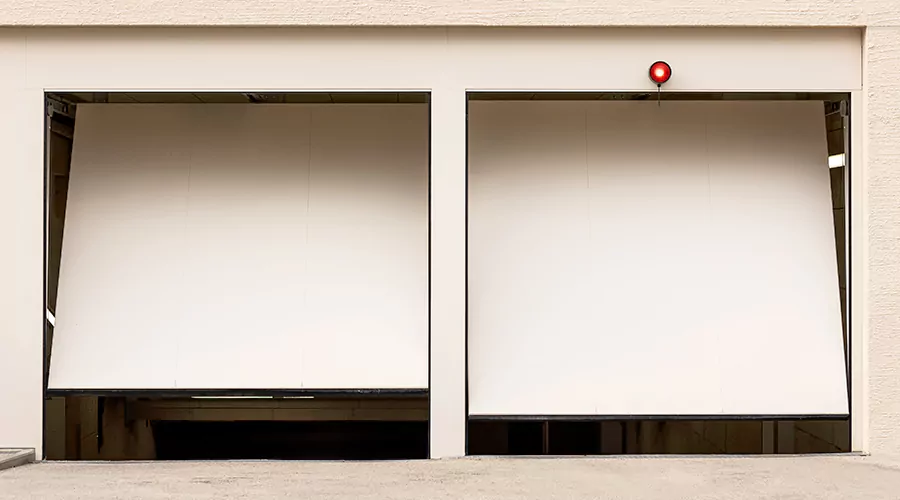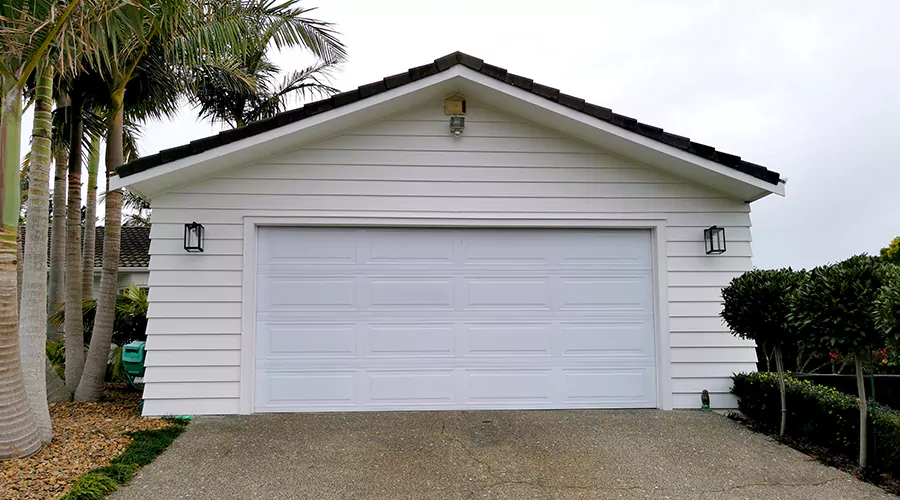Rolling gate are a popular choice for both residential and commercial properties due to their space-saving design and ease of use. However, like any mechanical system, rolling gates require regular maintenance to ensure optimal performance and longevity.
Regular Inspection
Regular inspection is a fundamental aspect of ensuring the optimal performance and longevity of rolling gates. Conducting routine visual checks on your gate system allows you to promptly identify potential issues before they escalate into costly problems. During these inspections, carefully examine all components, including hinges, rollers, tracks, and the gate structure itself. Look out for signs of wear and tear, such as loose bolts or misalignments, and address them promptly. Rust and corrosion can compromise the gate's integrity, so pay close attention to any signs of deterioration, especially in outdoor environments.
Lubrication
Apply a high-quality lubricant to all moving parts, including rollers, hinges, and tracks.
Lubricate the gate motor and gearbox to ensure smooth operation.
Follow the manufacturer's guidelines for lubrication frequency and recommended products.
Cleaning
Remove debris, dirt, and leaves from the gate tracks to prevent obstructions.
Clean the gate panels and frame regularly to prevent corrosion.
Use a gentle detergent and a soft brush for cleaning to avoid damaging the finish.

Tighten Loose Components
Over time, vibrations, weather conditions, and regular usage can cause nuts, bolts, or screws to become loose. Periodically inspecting and tightening these components ensures that the gate remains securely anchored to its support posts. Loose fasteners not only compromise the gate's stability but can also lead to misalignments and increased wear on moving parts. A thorough examination and tightening of all hardware, including hinges and brackets, contribute to the gate's overall reliability, reducing the risk of unexpected malfunctions and extending the lifespan of the entire system.
Alignment Adjustment
Periodic checks and corrections to the gate's alignment are essential to prevent issues with opening and closing. Misaligned gates can experience increased friction, leading to premature wear on the tracks and rollers. During the alignment adjustment process, it's crucial to ensure that the gate is properly positioned within the tracks. This not only promotes smooth operation but also reduces stress on the gate motor and associated components. Addressing alignment issues promptly not only contributes to the gate's longevity but also minimizes the risk of operational disruptions.
Weather Stripping
Located along the edges of the gate panels, weather stripping helps prevent the infiltration of rain, wind, and debris. Over time, exposure to varying weather conditions can cause wear and tear on the weather stripping, compromising its effectiveness. Regular inspection and timely replacement of damaged weather stripping are essential to ensure that the gate remains sealed against environmental factors. Properly functioning weather stripping not only safeguards the gate structure from corrosion but also enhances insulation, contributing to energy efficiency.
Electrical System Check
Conducting a thorough electrical system check is a critical aspect of ensuring the reliable performance and safety features of rolling gates. This entails a comprehensive examination of the gate's electrical components, including sensors, switches, and the control panel. Regular testing of these elements helps identify potential malfunctions or disruptions in the gate's automated operation. Special attention should be given to sensors, which play a pivotal role in detecting obstacles and ensuring safe gate closure. Any malfunctioning sensors should be promptly replaced to maintain the gate's safety features.
Motor Maintenance
The gate motor is the powerhouse behind the automated operation, and regular inspections are essential to identify and address potential issues. During maintenance, it's crucial to examine the motor for any signs of wear, damage, or unusual noises that might indicate internal problems. Lubricating the motor components, such as bearings and gears, ensures smooth operation and reduces friction, contributing to the motor's longevity. Simultaneously, checking the electrical connections and controls associated with the motor is essential to prevent electrical malfunctions.
Emergency Release Mechanism
The emergency release serves as a manual override in situations like power outages or system failures, providing a means to open or close the gate manually. Familiarizing oneself with the location and operation of the emergency release is essential for property owners and gate users alike. Periodic testing ensures that the mechanism functions as intended, offering a reliable backup when needed. Property owners should follow the manufacturer's guidelines for testing frequency and perform the test in a controlled manner to guarantee both safety and operational readiness.
Professional Inspection
While routine visual checks and DIY maintenance are crucial, a trained technician brings expertise and a discerning eye to identify potential issues that might go unnoticed. Professional inspections typically involve a comprehensive assessment of the gate's structural integrity, mechanical components, electrical systems, and safety features. These experts can detect early signs of wear, misalignments, or impending malfunctions, allowing for timely intervention and preventive measures. Regular professional inspections, conducted annually or bi-annually, provide property owners with the assurance that their rolling gate is in optimal condition, minimizing the risk of unexpected breakdowns and enhancing overall reliability.

Upgrading for Performance
Technological advancements offer a range of features that can elevate the functionality of your gate, such as smartphone-controlled access, advanced security protocols, or energy-efficient components. Upgrading not only enhances convenience but also contributes to the longevity of your gate system. Assessing your gate's current capabilities and consulting with professionals about available upgrades can uncover opportunities for improvement. Whether it is integrating modern access control systems or incorporating smart automation, these enhancements can provide added value, making your rolling gate more resilient, secure, and user-friendly.
By implementing a regular maintenance routine and addressing issues promptly, you can extend the life of your rolling gate and ensure it operates at peak performance. Whether for residential or commercial applications, a well-maintained rolling gate not only provides security but also adds value to your property. Remember to consult your gate's manufacturer guidelines and seek professional assistance when needed for comprehensive maintenance and repair.






